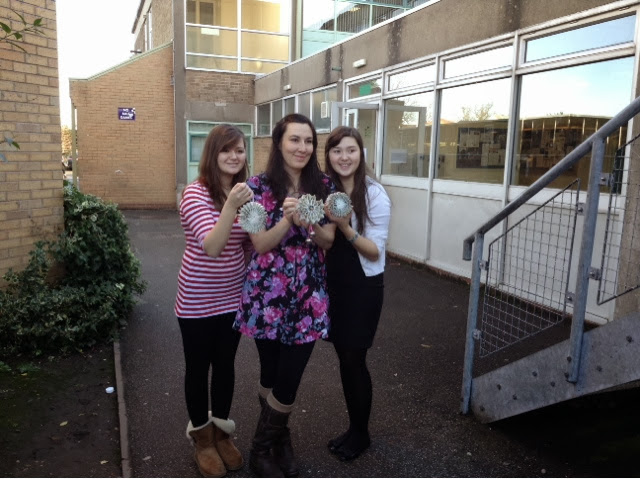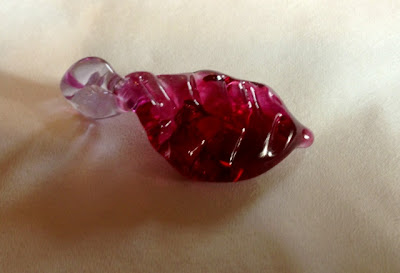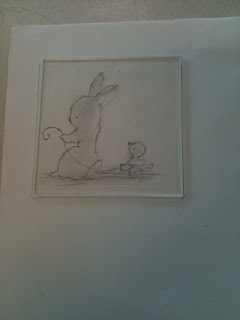Upcycling Books

A brilliant idea which I intend to use next time I'm in school around Christmas time is upcycling books. This is when you use old and battered books (but if you do decide to use this idea with children then ensure that you say that these books are broken so they don't go home and start tearing up new books!) and reinvent them, using the books and giving them a new purpose. There is an amazing artist called Bronia Sawyer who is from the midlands area and has gone into local schools to show children how to upcycle books. She's been experimenting with folding and utilising paper to create sculptural pieces of artwork and even wearable pieces, with a focus on Upcycling books. Her website is www.littlebookbird.co.uk and showcases her inspiring artwork, have a mooch :) This is a photo of me, Bronia, and Ella (my sister) Here are some examples I've made from upcycling books...










